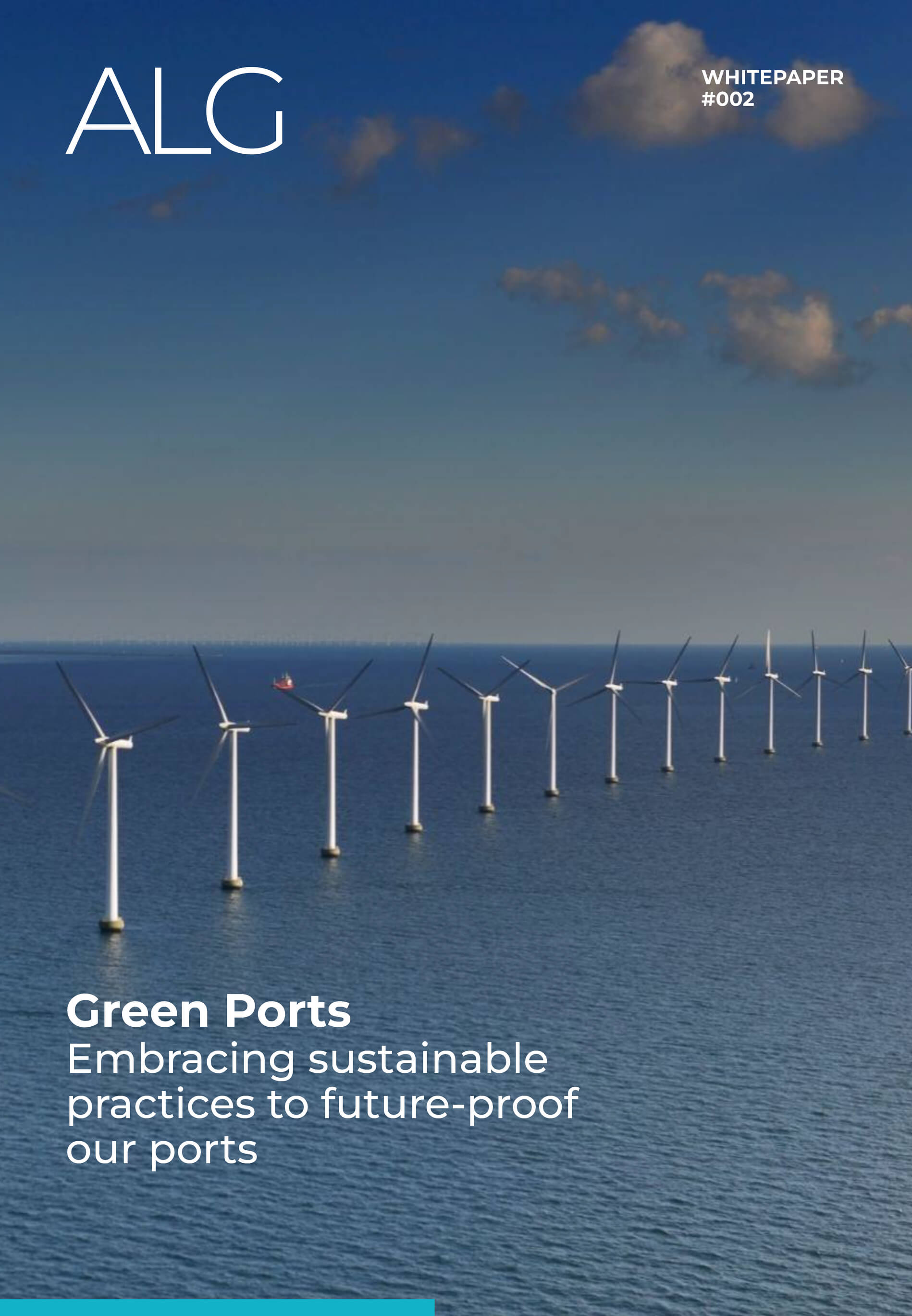In-depth insights

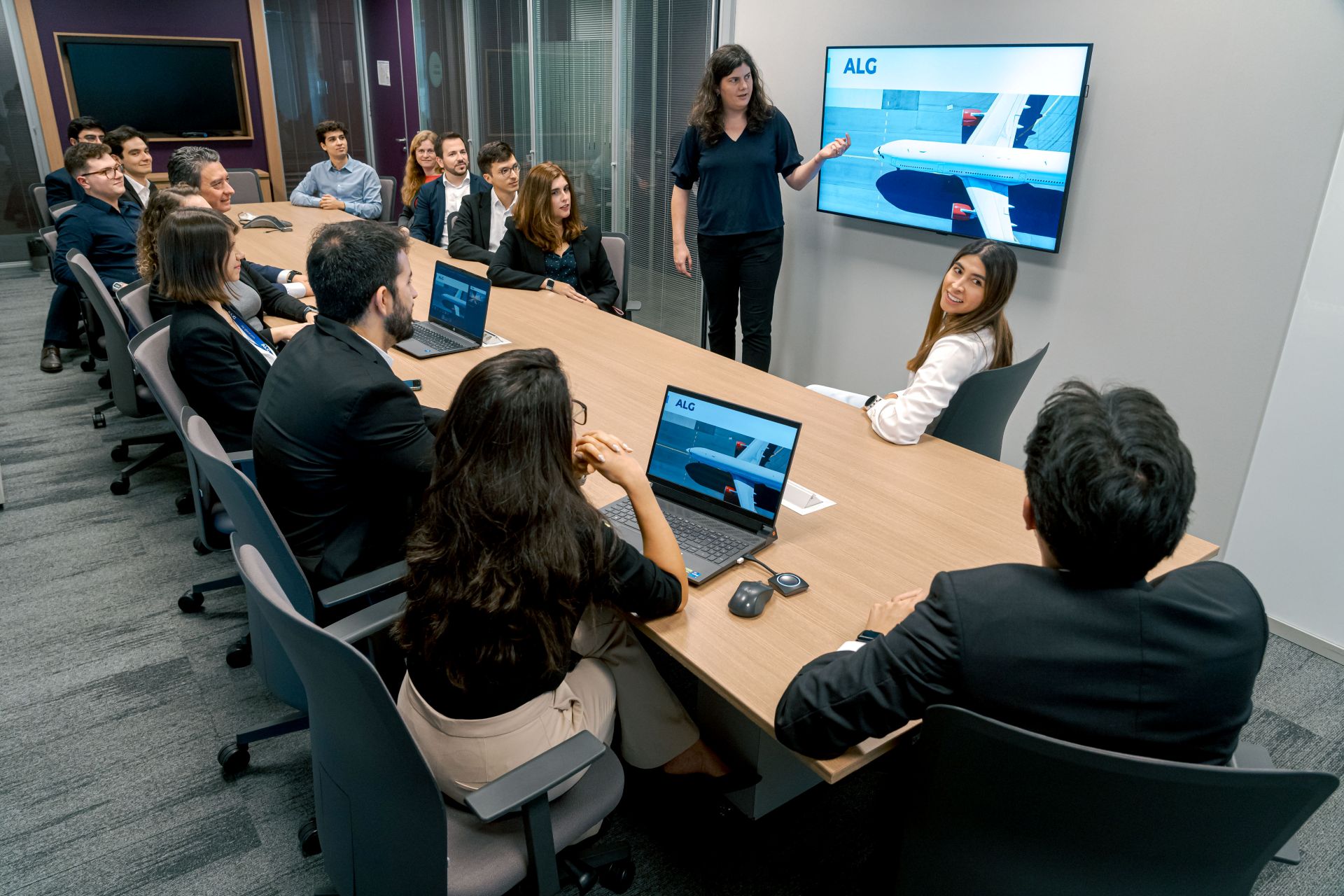
In this space, we share long and careful reading publications so that clients can download content in which the analysis and in-depth knowledge of our expert consultants prevail.
Contents on different topics and our main practices with an approach based on know-how, trends, future projections and thoughts on industry issues.
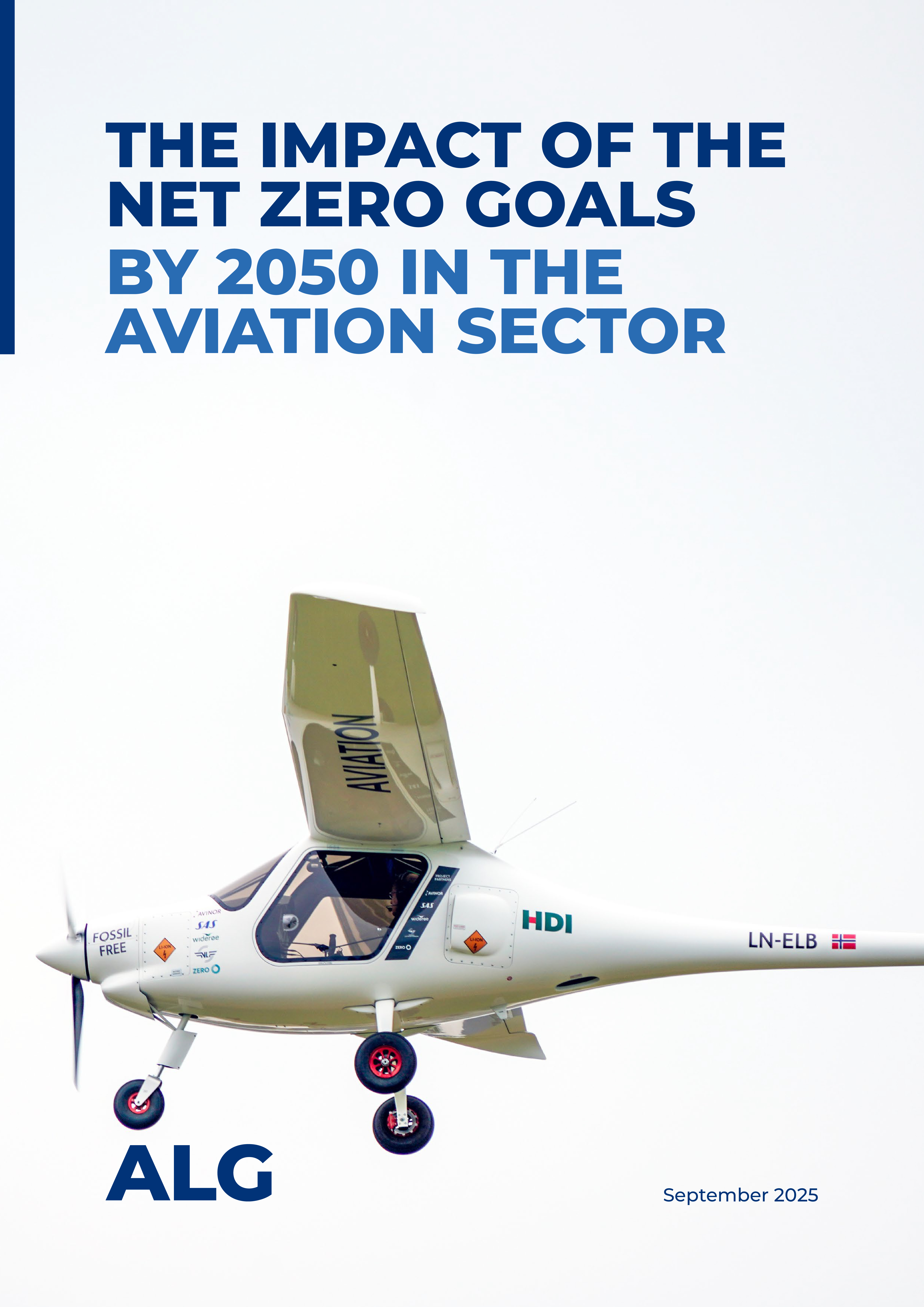
The impact of the net zero goals by 2050 in the aviation sector
The aviation sector stands at the center of one of the most ambitious climate goals of our time: achieving net-zero greenhouse gas emissions by 2050. As global economies expand and demand for air travel grows—projected to increase by 3.6% annually until mid-century—the challenge of reconciling connectivity with climate responsibility becomes ever more pressing.
The eVTOL market: Bridging the gap between hype and reality
The emergence of eVTOLs is not just a technological breakthrough—it represents a potential shift in urban transportation paradigms. As cities grapple with congestion, pollution, and the demand for faster mobility, urban air mobility offers a promising alternative that could complement existing transport systems. However, integrating these vehicles safely and efficiently into crowded urban airspace requires unprecedented coordination and innovation.
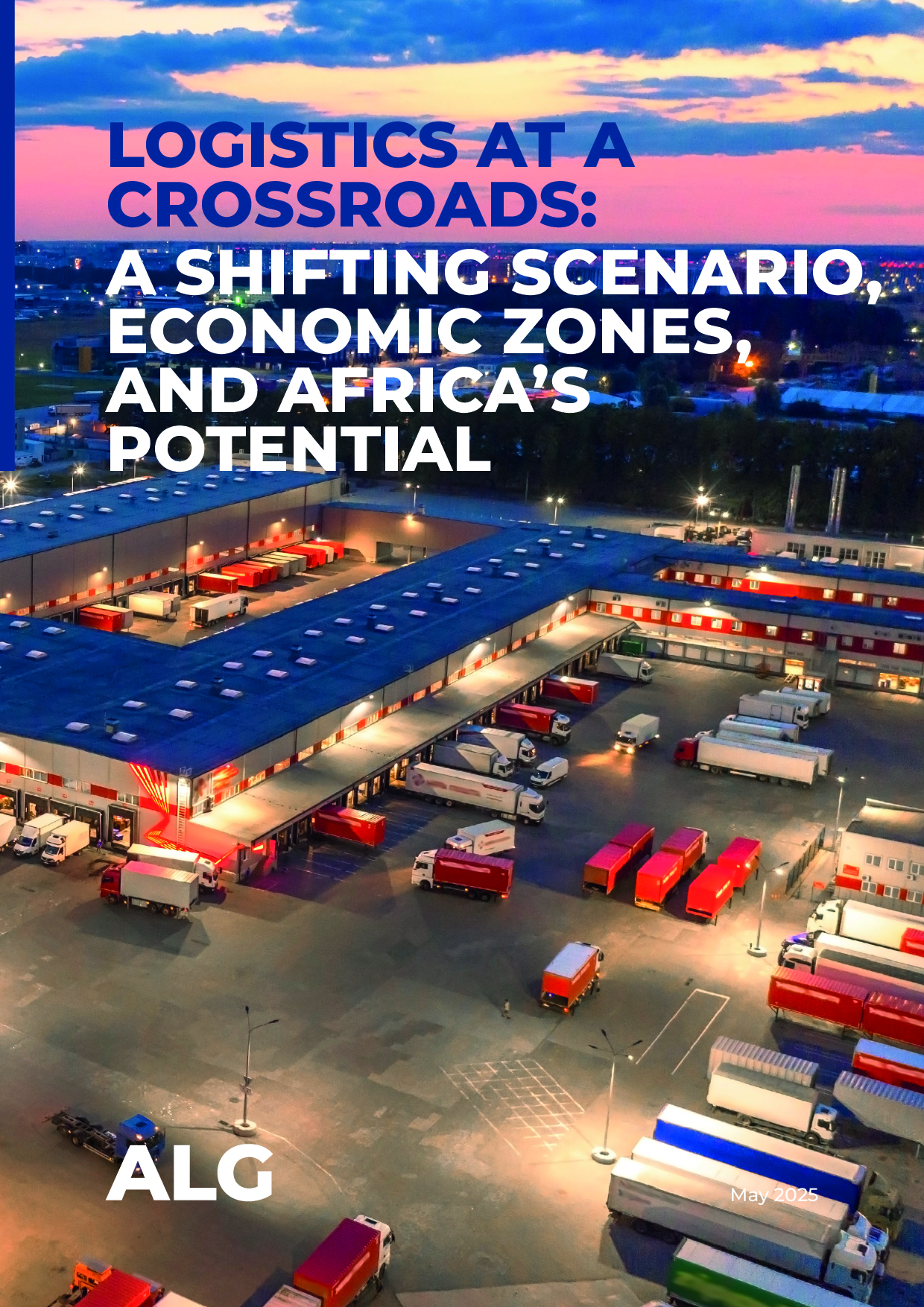
Logistics at a crossroads: a shifting scenario, Economic Zones, and Africa's potential
The global logistics sector is entering a new phase—one marked by volatility, transformation, and opportunity. After years of steady growth, 2023 signaled a turning point in the macroeconomic setting: global merchandise trade declined by 1% in real terms while export growth is expected to slow further to around 3% annually through 2030. This shift reflects a broader trend—complexity is now a constant.
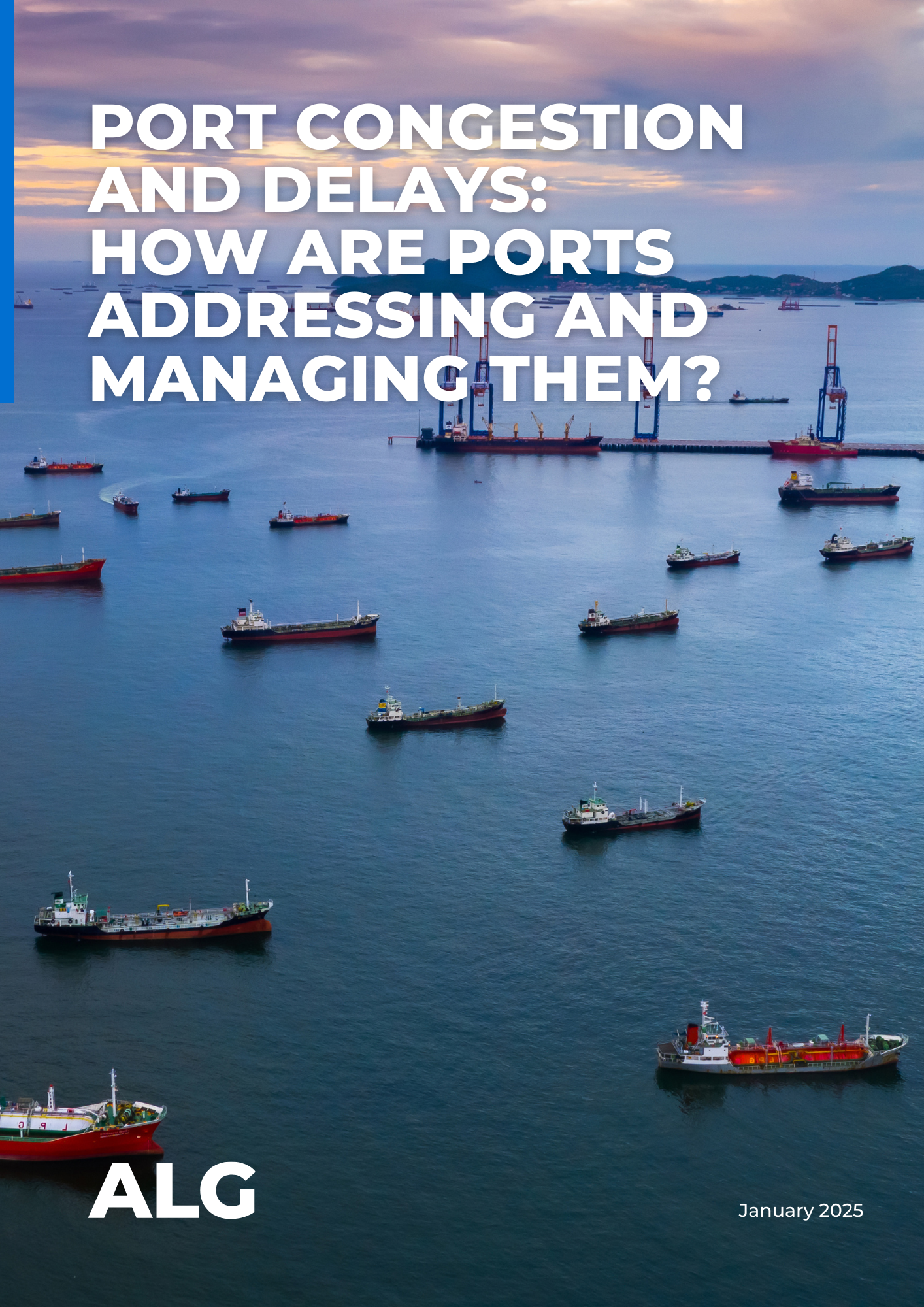
Port congestion and delays: How are ports addressing and managing them?
The global logistics landscape is facing a critical challenge—port congestion. This growing issue disrupts supply chains, increases costs, and undermines the efficiency of international trade. As demand for goods continues to surge, many ports are overwhelmed by the sheer volume of cargo. Combined with geopolitical tensions, labor shortages, and the mounting impacts of climate change, bottlenecks have become a persistent reality for key ports around the world.
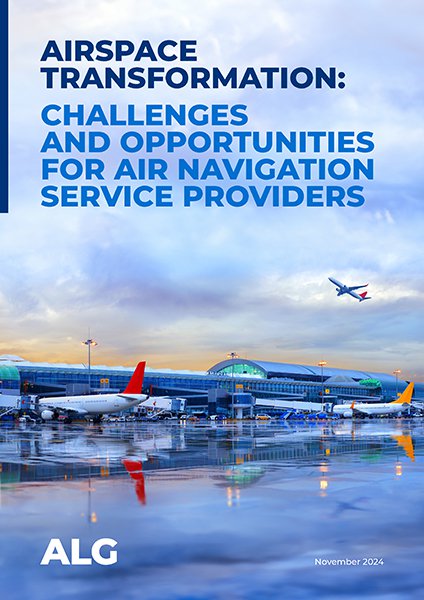
Airspace transformation: challenges and opportunities for Air Navigation Service Providers
The aviation world is undergoing a profound transformation across all levels of flight, from the lower layers to the highest reaches of airspace. The introduction of new technologies and modalities, such as drone swarms, advanced air mobility, and the increase in supersonic and stratospheric flights, is intensifying air traffic like never before.
Are drones the future of logistics? Integrating drone delivery into a multimodal framework
Modern logistics is continually evolving, driven by technological advancements that redefine efficiency and service standards. In this context, the use of Unmanned Aerial Systems (UAS) for package and parcel delivery has emerged as a disruptive innovation with the potential to fundamentally transform last-mile and mid-mile supply chains.
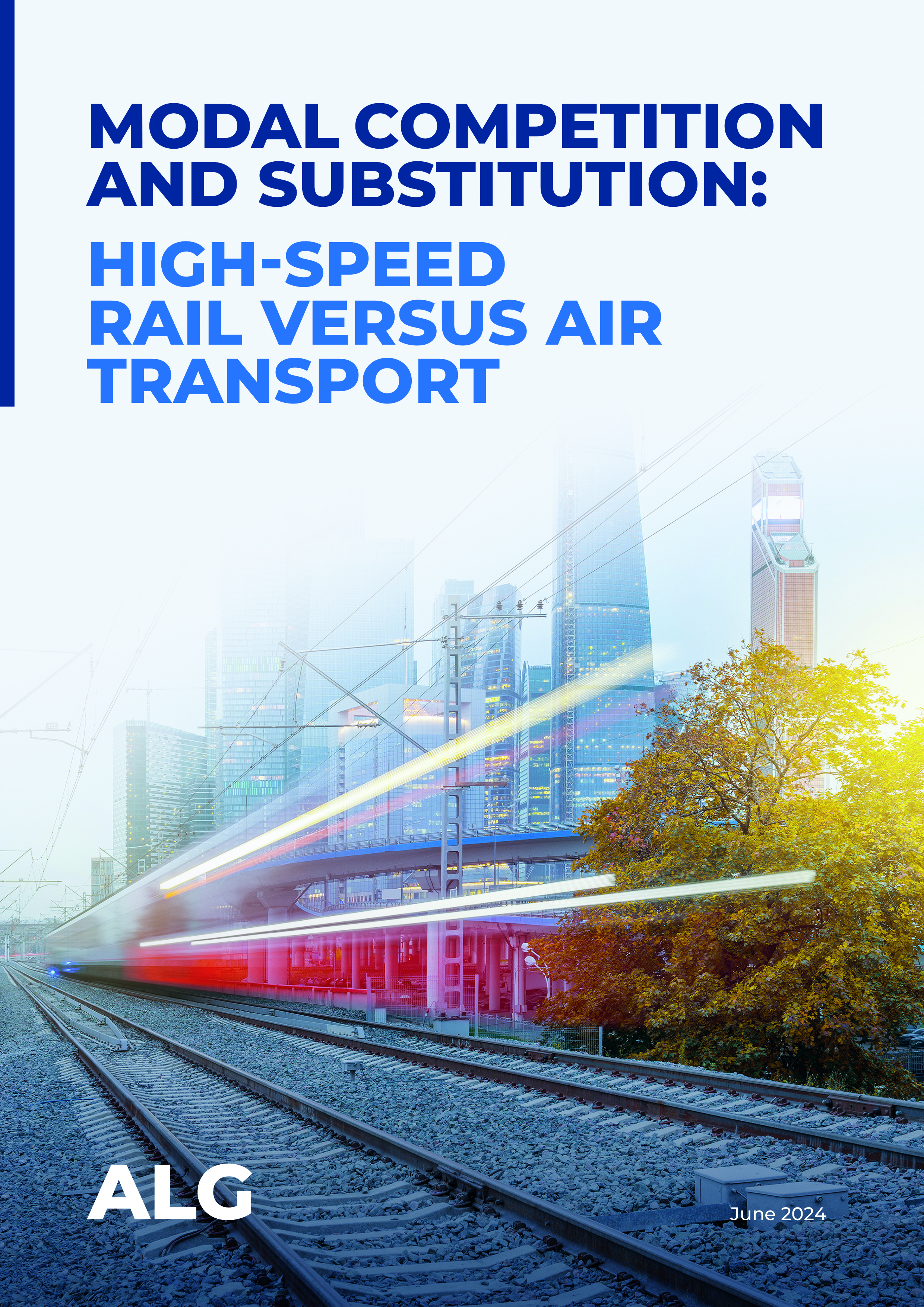
Modal competition and substitution: high-speed rail versus air transport
High-speed rail (HSR) networks are rapidly expanding worldwide, driven by their excellent performance, superior passenger experience, and significant environmental benefits. The global push for sustainable transport has resulted in record funding for projects aimed at decarbonizing transportation, signaling a robust and growing trend. This shift is redefining the landscape of modern transportation, with HSR emerging as a compelling alternative to air travel for many travelers.
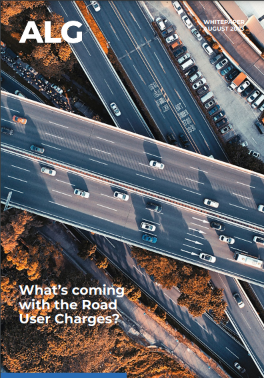
What’s coming with the road user charges (RUCs)?
Road User Charges (RUCs) provide a more equitable, sustainable and flexible transportation funding model. Under a RUC program, drivers are charged based on the number of miles they drive instead of a tax on the number of gallons of fuel they put in their vehicles. This evolution to a more usage-based model provides better sustainability and fairness in paying for our roads and bridges as vehicles continue to become more fuel efficient and continue evolving to all-electric models that require no fossil fuels.
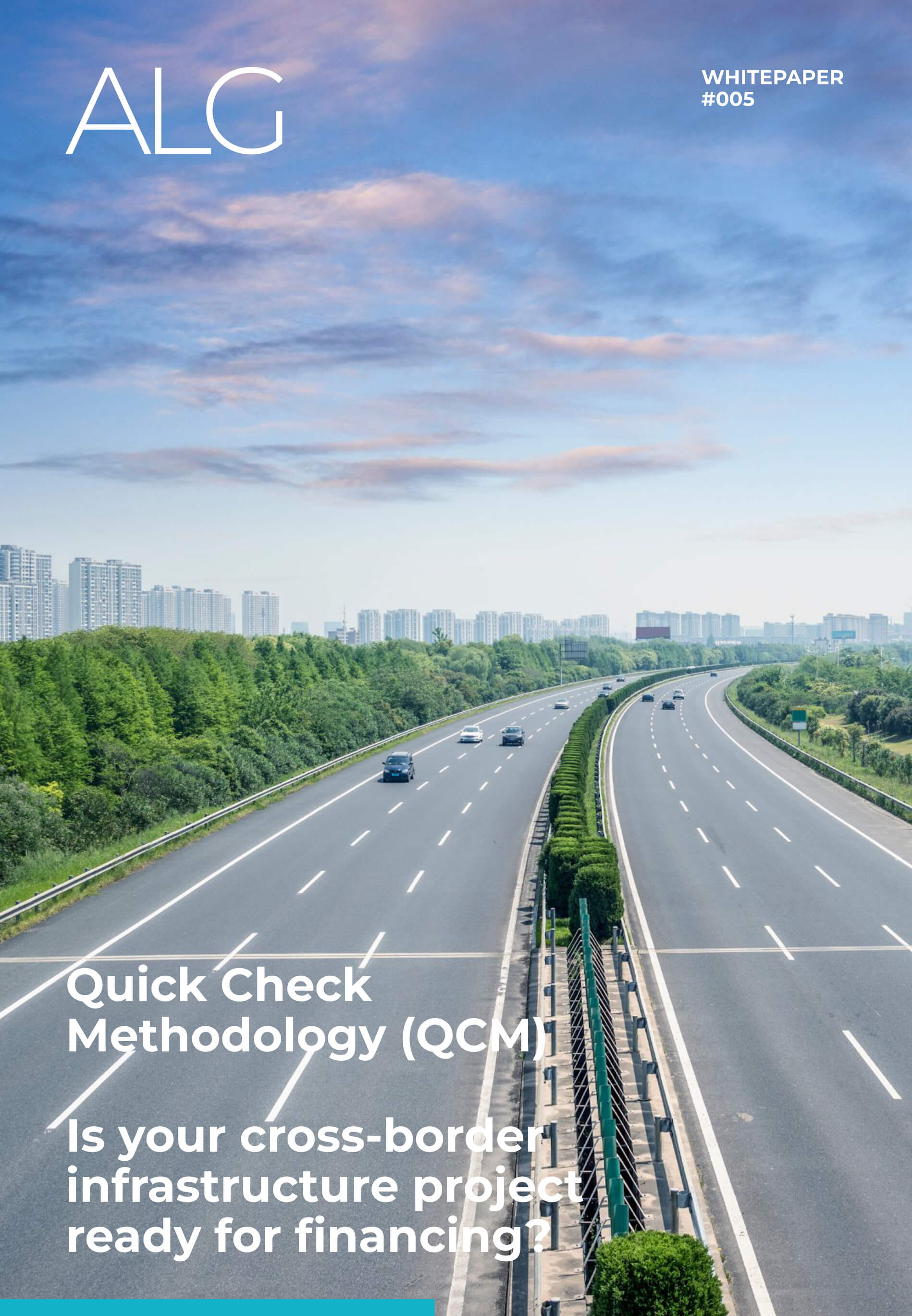
Is your cross-border infrastructure project ready for financing?
ALG developed the Quick Check Methodology (QCM) to assist the Programme for Infrastructure Development in Africa (PIDA) in assessing highly complex transboundary projects, identify gaps, and assure the quality of project proposals required to secure much-needed financing.
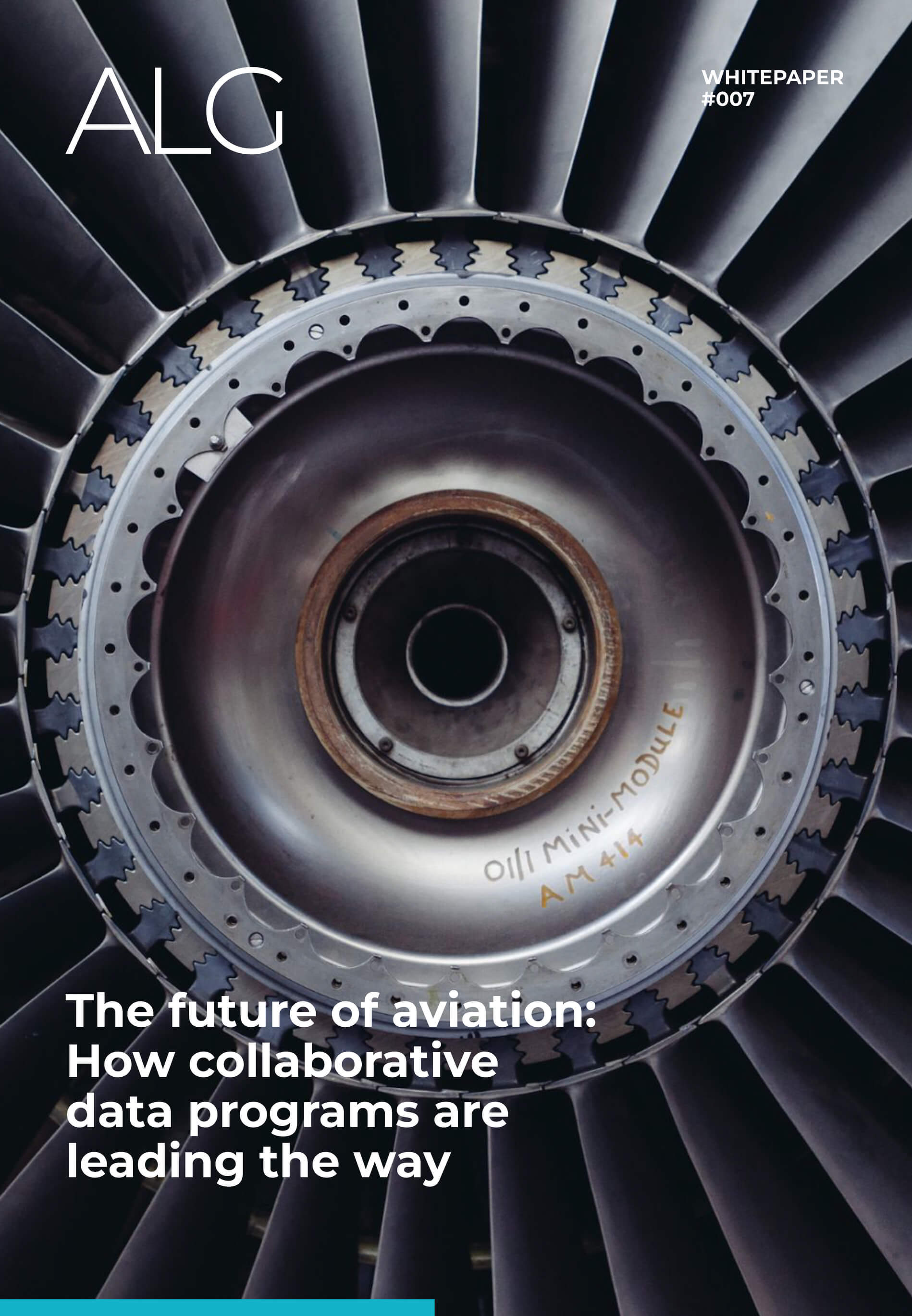
The future of aviation: How collaborative data programmes are leading the way
Collaborative data programmes in the aviation sector have the power to transform the way we think about safety, efficiency, and sustainability in the industry. By bringing together airlines, Air Navigation service providers, regulatory agencies, and other stakeholders to collect, analyse, and share data, these initiatives have the potential to drive significant improvements in all aspects of aviation operations.
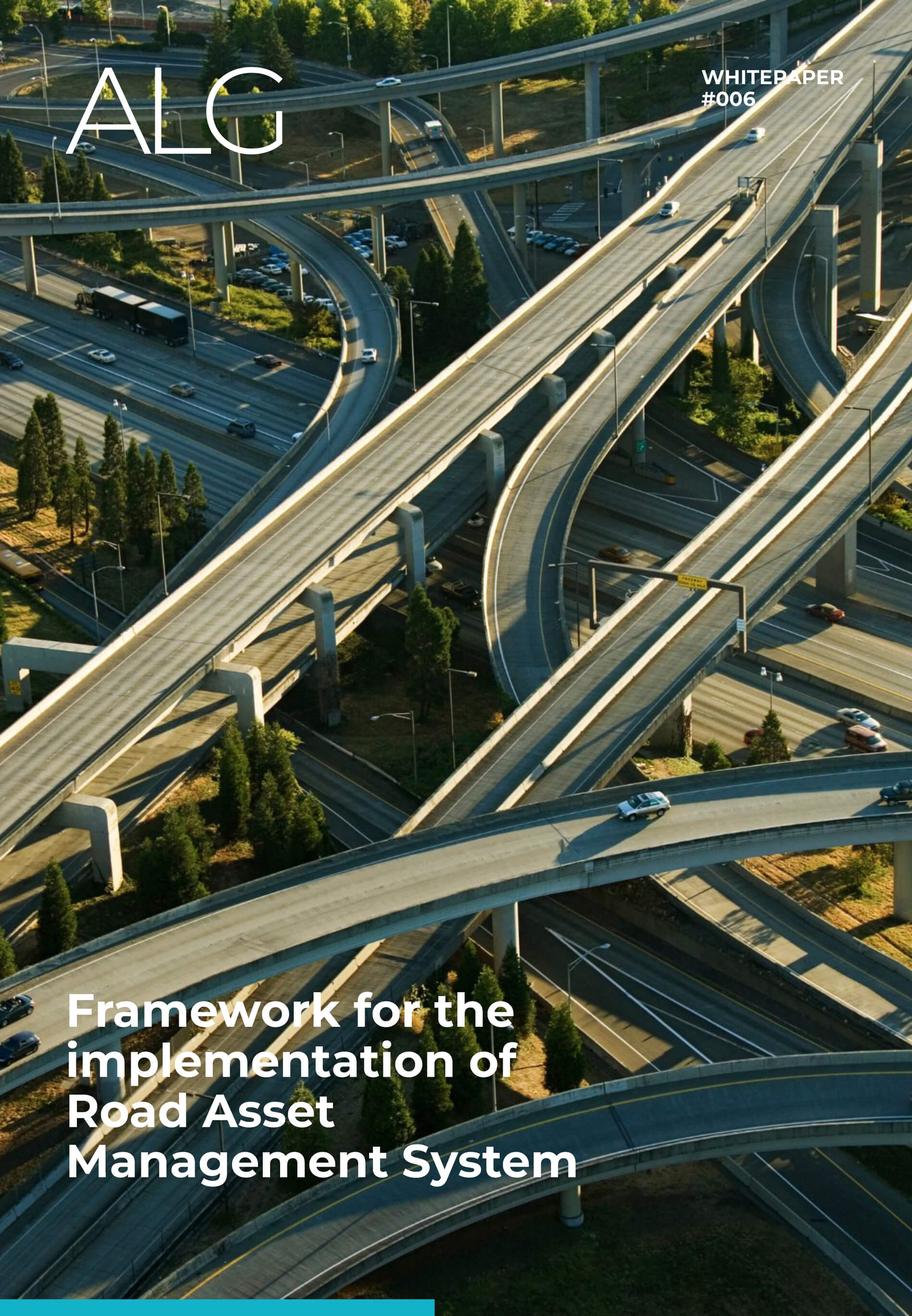
Framework for the implementation of Road Asset Management System
An integrated and holistic approach to road management is required to adequately align funding, management systems, and procedural implementation. To do so, stakeholders can leverage the Road Asset Management System (RAMS), a powerful tool to define and achieve optimum road conservation.
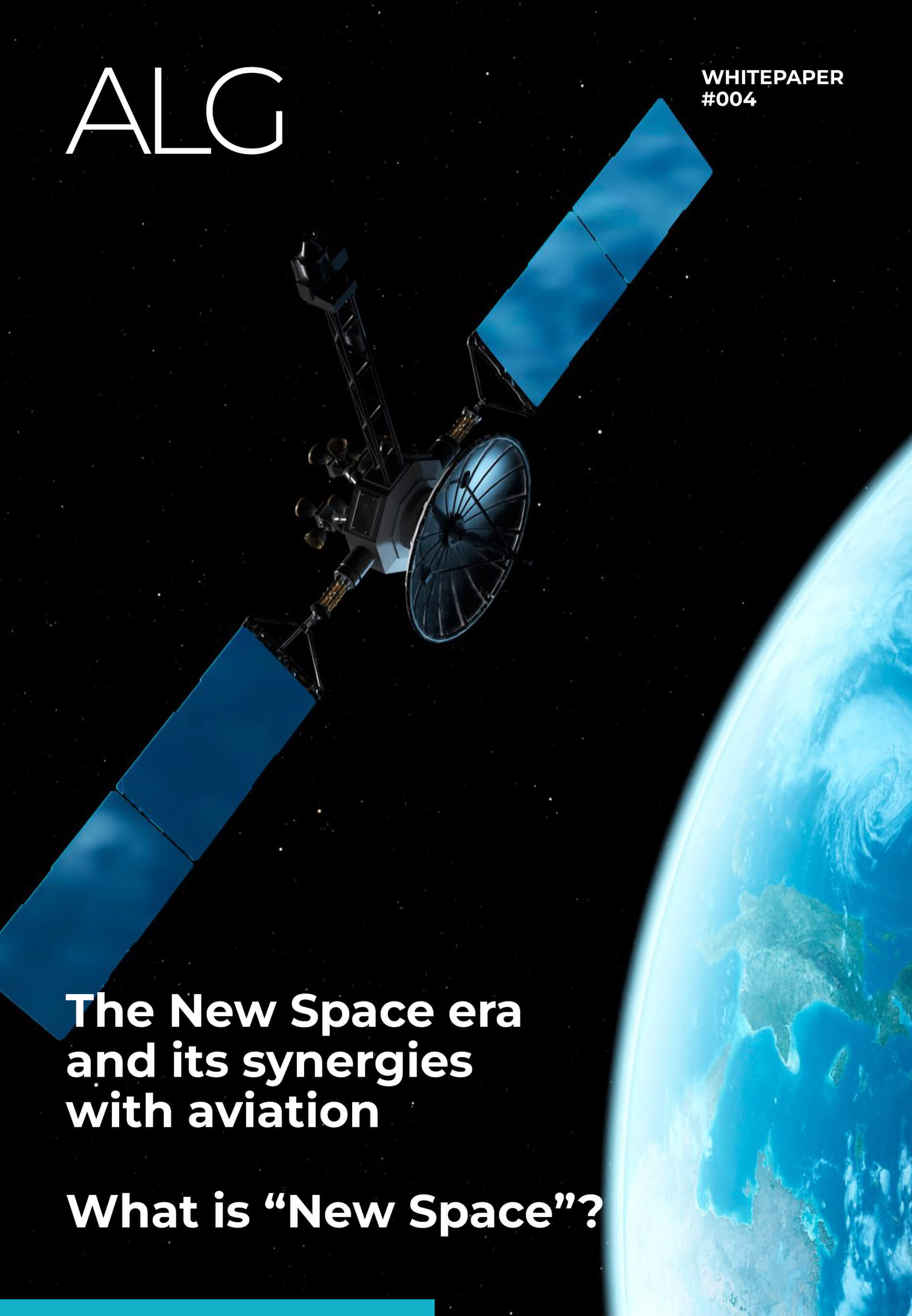

Returns on Investment for footprint and warehouse design to optimise inventory along the Supply Chain
Inventory management is the system of keeping tabs on the goods available and sold so that the required materials never run out. However, the enormous product variety-induced complexity renders it even more challenging to ensure efficient logistics.
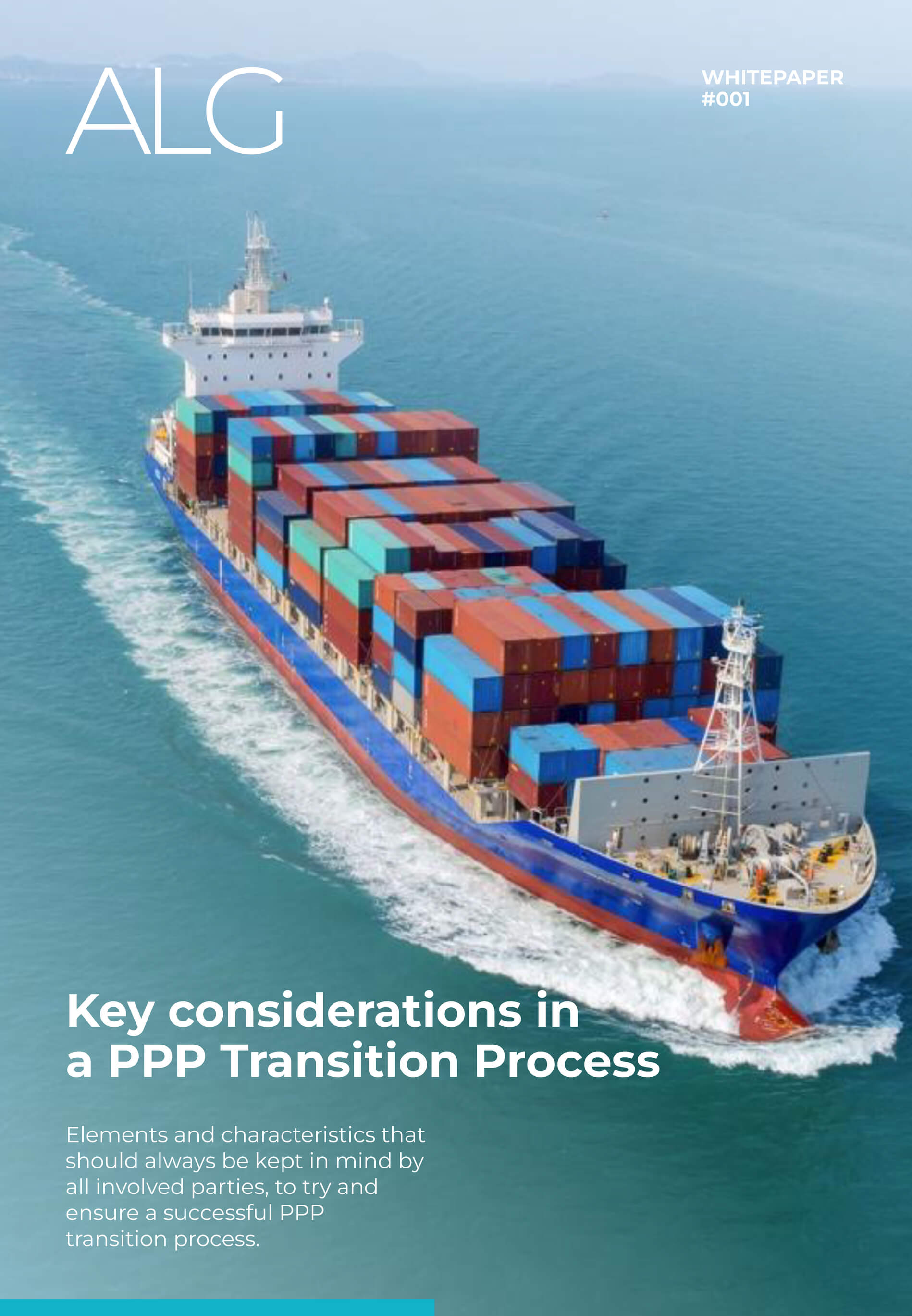
Key considerations in a PPP Transition Process
This paper intends to outline the essential elements and characteristics that all involved parties (grantor, incumbent operator, and new operator) should bear in mind when seeking to ensure a successful PPP transition process that minimising potential risks.

